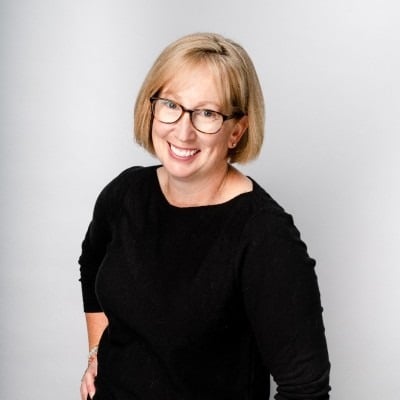Centering Youth: Transforming Communities Through Youth-Led Action
At the 2024 Community of Action, education leaders from across the country arrived with varied missions, approaches, and expectations. What they didn’t anticipate was a shared moment of clarity that would bring them together.
“Youth voice is what connects us,” said Dr. Dena Simmons, founder of LiberatED. “And none of us are young people. How about we create a project that centers young people as the problem-solvers of the problems they identify instead of us doing that for them?”
That question lit the spark for what would become the Youth Action Project, an initiative led by LiberatED and co-designed by six partner organizations. Their shared goal was to build an actionable, community-rooted model for youth-led change, particularly focused on Disabled and Neurodivergent students, a group too often left out of educational planning.
The result was a powerful coalition and a project grounded in trust, iteration, and the productive messiness of deep transformation. It became a story of what’s possible when adults step aside and young people lead.
A Common Vision from Uncommon Voices
Forged from a group of seven organizations, each with different backgrounds and operational styles, the collaboration wasn’t smooth at first. The group wrestled with direction, decision-making, and what it really meant to “center youth.”
“Everyone had great ideas,” reflected Shelly Coulter of Transition Academy. “But it was like we had a lot of drivers and no map. What grounded us was realizing that the students are the product. And we need to start with them.”
As brainstorming gave way to clarity, a shared ethos emerged: stop speaking for youth and start listening to them. That ethos was reinforced by team members from the International Youth Foundation (IYF), who came in with deep experience in participatory youth engagement.
“We realized that many of us, even as youth workers, default to building solutions about young people,” said Ana Laura Evancic. “What if, instead, we made space for them to decide what matters and how to address it?”
Ivelina Benitez, also from IYF, added, “Our common denominator became clear: who’s not in the room when decisions are being made? The answer was the youth. And that’s where we had to start.”
Three Sites, Three Pilots, One Purpose
The Youth Action Project addresses a crucial gap in education. Disabled and neurodivergent students are too often excluded from planning and development processes. This project aimed to create a flexible, community-responsive, and low-lift framework that could empower educators and youth workers to center these students’ voices. Three pilot programs were created and formed the heart of the work, serving as both testing grounds and showcases for student-led change.
Bozeman, Montana: Social Optics
Carolyn Long worked with sixth graders in her social-emotional learning group to help them reflect on moments of inclusion and exclusion in school and to design projects in response.
“They liked that they were being asked,” Long said. “But more than that, they liked that someone might actually do something about what they said.”
She built a curriculum that teachers could replicate, rooted in student input and local context. “It doesn’t have to look the same everywhere, and it shouldn’t. If we’re truly being community-driven, we have to allow space for different answers.”
Kansas City, Missouri: Transition Academy
Shelly Coulter led a high school program where students explored their own learning styles, community needs, and educational goals. Many had faced barriers related to disability, trauma, or systemic inequity.
“You can’t serve the student without the family,” Coulter said. “We’re talking about holistic support—mind, body, spirit. If they’ve never been taught how to identify what they need, how can we expect them to advocate for themselves?”
Her pilot included Real-World Learning Tours, family engagement, and coaching to help students identify a challenge and work through a plan of action.
New Jersey: LiberatED
LiberatED’s out-of-school pilot served students in a youth cohort focused on liberatory social emotional learning. Led by Dena Simmons and Aileen Mokuria, the program emphasized healing, reflection, and leadership.
“We stayed aligned by staying authentic,” said Mokuria. “When harm happened, we named it. When misalignment happened, we repaired it. That’s what building real collaboration looks like.”
Simmons added, “We want other schools and organizations to use this model. We’re inspired to build every aspect of what we do with Disabled and Neurodivergent students at the center.”
Adapting to a Changing World
No project this ambitious happens in a vacuum. Midway through implementation, the team faced massive external disruptions, including political instability, staff turnover, and emotional strain among youth participants.
“Some of our young people stopped showing up to school out of fear,” said Benitez. “Others were dealing with family deportations. We had to press pause the deliverables and ask ourselves, ‘What’s actually happening in their lives, and how do we respond with care?’”
Instead of treating these moments as setbacks, the team used them as proof of why this work matters. Flexibility became a guiding principle.
“Centering youth means we don’t get to control the timeline,” said Evancic. “We adapt, we listen, we build based on what they need today, not what we thought they needed three months ago.”
Lessons for the Field
As the pilots conclude, each site is sharing insights and materials that will inform a broader, adaptable framework. Several key lessons emerged:
Relationships first: Deep trust among adult collaborators created the foundation for youth trust.
Documentation matters: Clear expectations and transparent agreements help prevent confusion across multiple teams.
Youth voice must include youth leadership: It’s not enough to ask young people for their input. If their ideas aren’t acted upon, the process becomes performative.
“Student voice can’t just be a phrase,” said Long. “If kids speak and no one listens, or nothing changes, that’s gaslighting. And they know it.”
What’s Next
The coalition is now compiling a full suite of youth engagement tools, including facilitation guides, storytelling templates, graphics, and reflection activities. The goal isn’t a static curriculum. It’s a flexible, replicable model that other schools, nonprofits, and systems can adapt to center young people in real decision-making.
The project will culminate in student showcases at each site, a blog, a podcast series, and publication of key learnings. Marissa Wicklund of Getting Smart will lead the dissemination, with coordination, data collection, and project management supported by Lani Willmar of Ethos Admissions.
“We hope this becomes a blueprint,” said Simmons. “One that schools and communities across the country can use to build educational spaces with young people, not just for them.”
Conclusion
The Youth Action Project shows what’s possible when young people are consulted and trusted to lead. Across three distinct communities, students identified the challenges that mattered most to them and took action with the support of adults who stepped aside, listened, and shared power. This case study doesn’t offer a one-size-fits-all solution—it offers a model for what authentic youth partnership can look like when rooted in trust, flexibility, and a deep respect for students’ lived experiences.
Though the work is still ongoing, the Youth Action Project is already serving as a proof point: students, especially those who are disabled and neurodivergent, don’t just need a seat at the table; they need to be helping design it.
Reflections
Center youth as designers, not just contributors
Youth-led change requires more than listening it means giving young people real power to define problems and lead solutions that reflect their lived experience.
Context matters
There’s no single blueprint for youth engagement. Every school and community must shape their approach based on local needs, cultural context, and the identities of the students they serve.
Flexibility and follow-through are essential
Supporting youth leadership means staying adaptable in the face of real-life challenges and following through when young people share their voices.
About The Author
Ana Laura Evancic is a justice-driven, bilingual leader with extensive experience in youth development and program coordination across Mexico and the United States. As a Program Officer at the International Youth Foundation, she oversees a youth-led participatory grantmaking initiative. Committed to creating healing and empowering learning opportunities for young people and transforming the systems that serve them, Ana is currently pursuing a Master’s in Social Justice Education at the University of Massachusetts Amherst.
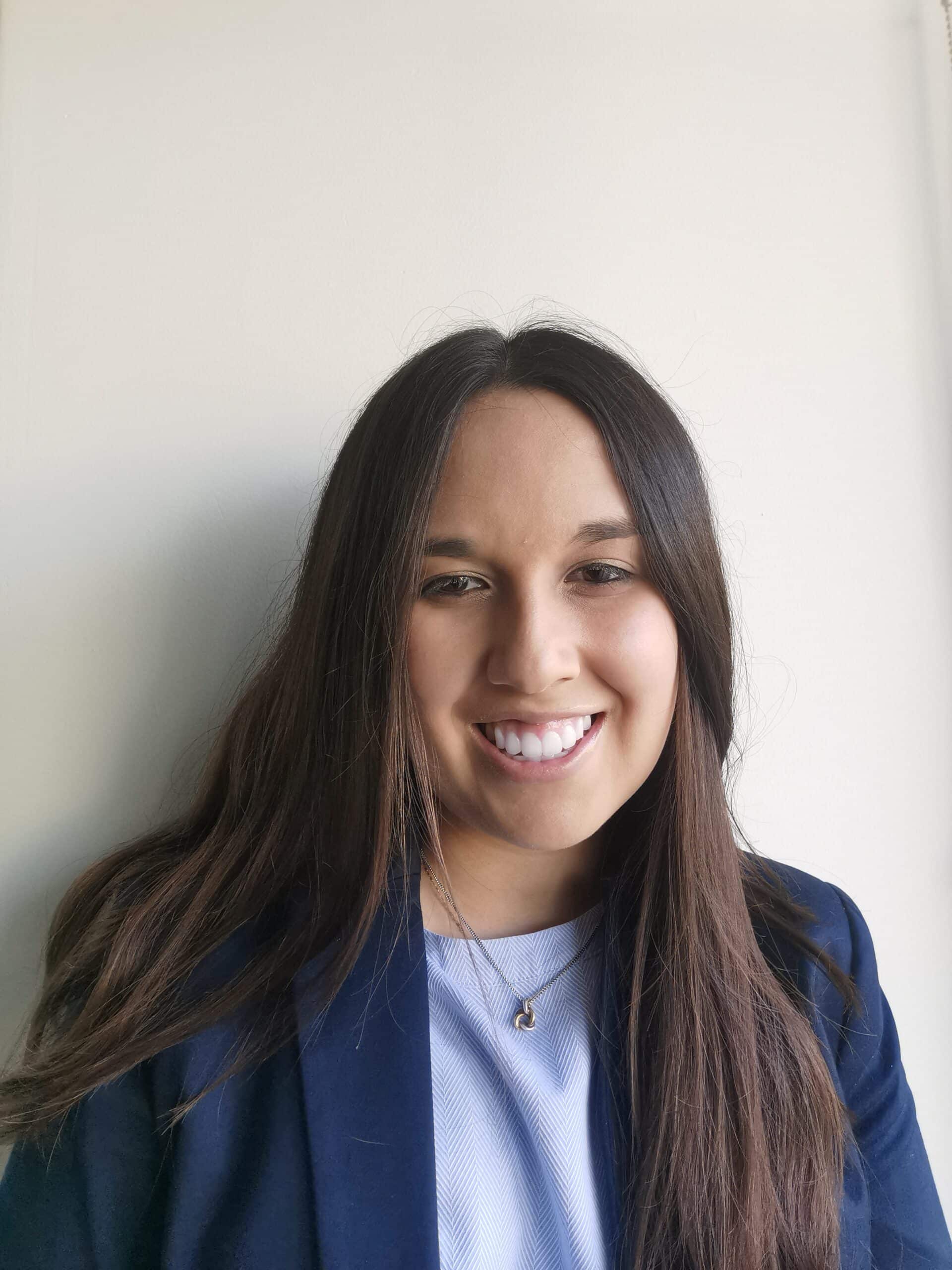
Aileen Mokuria is the Director of Youth Programming at LiberatED, where she leads youth work rooted in healing, belonging, and joy. Aileen brings a rich background in education, mindfulness, and storytelling to her work, creating powerful learning spaces that center communities’ voices and brilliance. Whether she’s facilitating a workshop or tending to her garden and infant son, Aileen brings care, creativity, and intention to all she does.
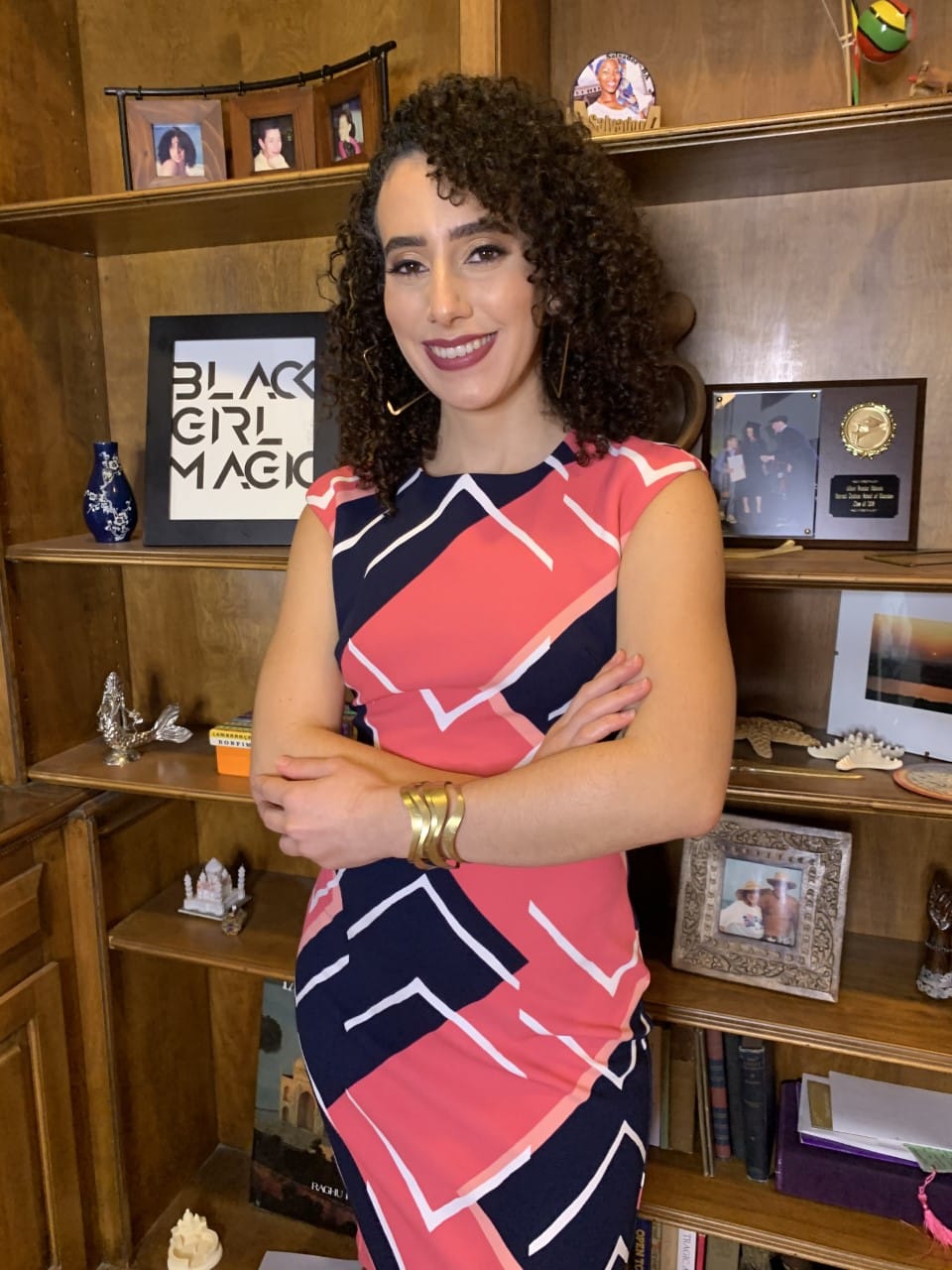
Shelley Coulter is a seasoned advocate with over 20 years of experience supporting students and families in underserved urban communities, both locally and globally. She has served as Executive Director of the KCKPS Education Foundation, securing scholarships from major donors, and as Community Engagement Director at Bishop Ward High School, where she led The Academy of Finance. As a board member of the Global One Foundation in Kenya, she helped build schools, provide clean water, and support over 200 students with food, education, and clothing. Shelley holds a master’s in organizational leadership and a bachelor’s in organizational management from the University of Arizona.
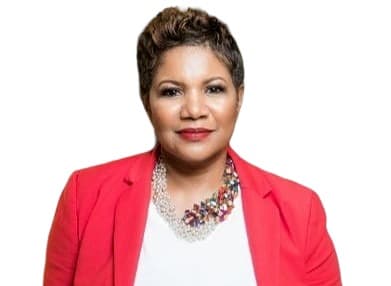
Dena Simmons, Ed.D., is an activist, educator, and founder of LiberatED, an organization that centers radical love, justice, and healing in education. Formerly the Assistant Director at the Yale Center for Emotional Intelligence, she has supported schools in using emotions to foster compassion and equity. A former classroom teacher and curriculum developer, Dena is a national voice on social justice pedagogy, education reform, and SEL, with appearances at the White House, United Nations, and TED. She’s been featured in Education Week, HuffPost, and MAKERS, and holds multiple prestigious fellowships. Dena earned her doctorate from Teachers College, Columbia University, with research focused on bullying, culturally responsive teaching, and SEL.
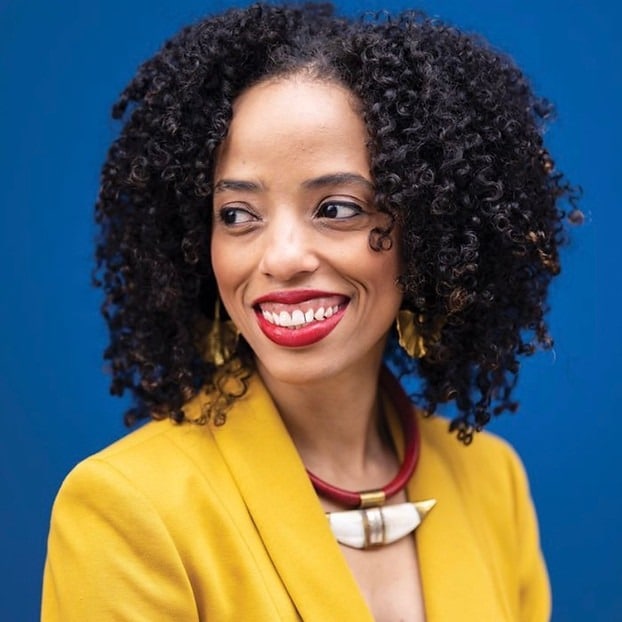
Ivelina Benitez is a passionate advocate for youth empowerment with over 15 years of experience in youth development and workforce programs. She has held leadership roles at organizations such as the Homeless Children’s Playtime Project and the Latin American Youth Center, where she strengthened internal systems, oversaw grant-funded initiatives, and boosted youth engagement. Ivelina also spent five years as an educator and coordinator in DC Public Schools, and earlier in her career, worked in the legal field focusing on labor, employment, family, and criminal defense law. Drawing from personal experience, she became a certified mediator to support families through conflict resolution. Ivelina holds a B.A. from Barry University, a J.D. from Georgetown University Law Center, and attended the American University Key Leadership Institute.
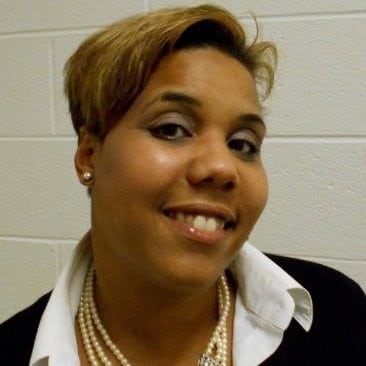
Carolyn Long is a speech-language pathologist with over 20 years of experience helping teens and adults build communication skills that foster connection and self-awareness. After years working in hospitals, schools, and through the challenges of remote learning during COVID, she developed her own trauma-informed life skills curriculum for neurodivergent students when existing resources fell short. Now, through her project Social Optics, Carolyn is focused on normalizing communication differences and promoting well-being. Outside of work, she’s an adventurer at heart—and a proud mom of two teens, two horses, and a cat.
